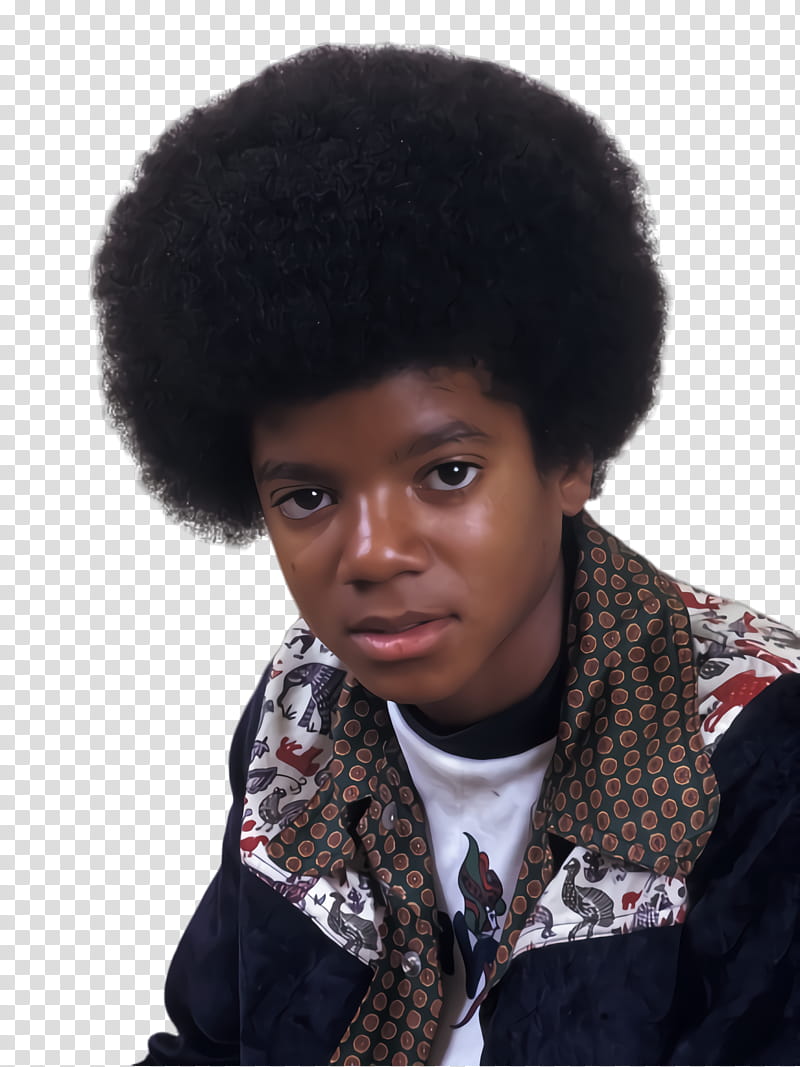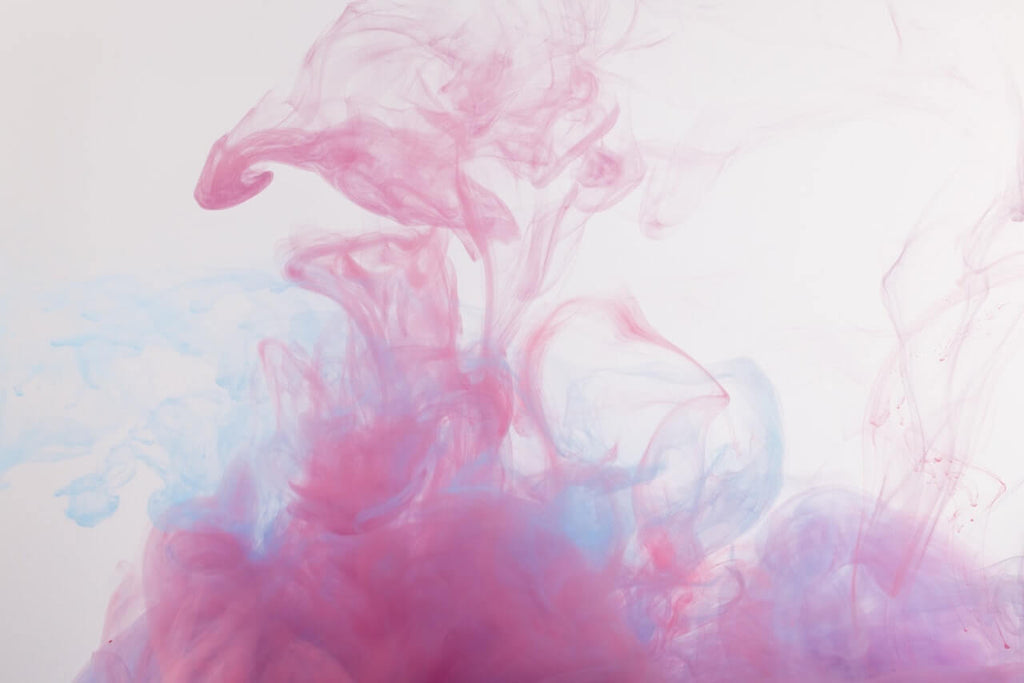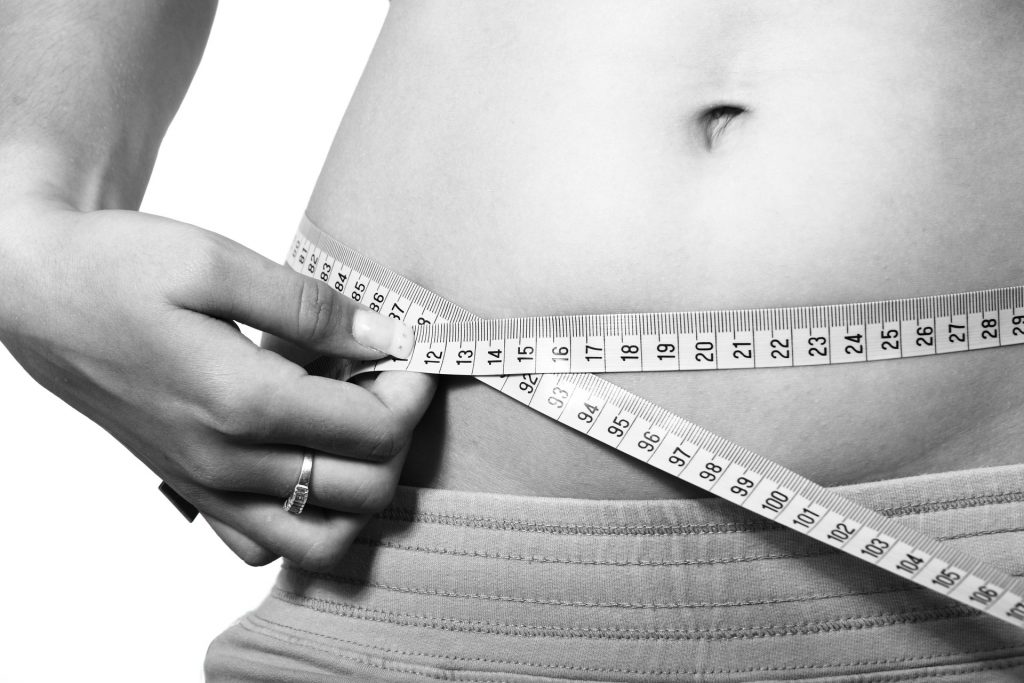Table Of Content

The ‘Jheri curl’ was so pervasive and yet so distinctive on each person who wore it depending on the cut and styling. Michael Jackson’s ‘Thriller curls’ were shorter on top and longer in the back, with loose curls cascading down his forehead. He had a side parting styled in and his baby hairs slick down blending into his sideburns. While the world continued to obsess over Michael Jackson’s changing appearance throughout his lifetime, something else kept changing on the King of Pop that went largely unnoticed… his hair.
Michael Jackson Childhood Hairstyles
In contrast, Michael Jackson’s slick back ponytail for his ‘In the Closet’ music video gave him the fashion edge, and his blown-out waves in ‘Remember the Time’ reminded viewers of his more romantic side. For many fans, the latter video is believed to be the first time Michael Jackson appeared wearing a full wig, however Lamere, who styled Jackson’s hair during the shoot can confirm that was not the case. The hairstyle quickly grew in popularity with many other male celebrities following suit, and soon became a cultural staple for the black community.
Filmography
Paris Jackson's daring Grammy look hides 80+ tattoos: 'I like switching things up' - Fox News
Paris Jackson's daring Grammy look hides 80+ tattoos: 'I like switching things up'.
Posted: Sun, 04 Feb 2024 08:00:00 GMT [source]
However, in 1979 and upon the release of his ‘Off the Wall’ album, Michael Jackson adopted a whole new look. Part of this reinvention meant the mismatched colourful costumes he wore with his brothers were gone, to be replaced with sleek tuxedos and sparkling rhinestones. His hair was also cut short, and Michael spent several years testing products to help define his curls, to give his hair a healthy and glossy appearance.
Michael Jackson Long Hairstyles
Through stage and video performances, he popularized complicated street dance moves such as the moonwalk, which he named, as well as the robot. Jackson gave a 90-minute interview with Oprah Winfrey on February 10, 1993. He spoke of his childhood abuse at the hands of his father; he believed he had missed out on much of his childhood, and said that he often cried from loneliness.
What happened after Michael Jackson's hair caught fire during a Pepsi advert
He went into rehabilitation in 1993.[10] While preparing for a series of comeback concerts scheduled to begin in July 2009, Jackson died of acute propofol and benzodiazepine intoxication after suffering cardiac arrest on June 25, 2009. His personal physician was convicted of involuntary manslaughter in his death and sentenced to four years in prison. In the last years of his life, Michael Jackson wore larger hairpieces that covered much of his natural hair. However, when he was rehearsing for his ill-fated ‘This Is It’ concert series, the King of Pop revealed at least some of his natural hair and gave a glimpse into how he may have planned to wear it during the show. In typical Jackson style, the ‘Smooth Criminal’ singer filmed concert interludes and rehearsed his classic hits sporting his signature wavy locks. In this video we document how Michael Jackson achieved some of his most iconic hair looks, from music video shoots and album covers to award show appearances, with first-hand accounts from his long-time hair stylist and wig makers.
Medium Length Curly Hairstyles
During his teenage during the 1960’s, Michel used to hold the Mini-Afro styling. This styling featured the inherent styling as usual with Africans and hence, it appeared more or less a natural appearance of the hair. His hair usually features combed and neatly packed appearance during this phase. As for instance, Michel appeared in a JHERI cut for a commercial to endorse Pepsi in 1984. However, with the commencement of the new millennium, Michel majorly appeared in straight haircuts.

Even after Emancipation, there was a growing notion that European textured hair was “good” and African textured hair was “bad,” foreign and unprofessional. Wigs and chemical treatments became the means to achieve smoother, straighter hair. Cornrows were still popular, but this time only as the base for sew-ins and extensions, not something thought of as for public display. Another hairstyle, still popular today, with rich African roots are Bantu knots. Bantu universally translates to “people” among many African languages, and is used to categorize over 400 ethnic groups in Africa.
The paragraphs underneath will produce some clues to get hairstyles like the legend. Instead of suing Pepsi, she said, Jackson asked Pepsi to build a burn center at Brotman Medical Center in Culver City where the singer was treated. “Everybody thought he’d sue Pepsi because it was a mistake,” the makeup artist said. The ‘Bad’ era would be defined by Michael Jackson’s much longer, looser curled look, which he achieved by applying perms to his hair and adding in extensions to increase length and volume. While on tour, Jackson would often wear his hair in a loose low ponytail, a more secure style when performing and in more humid climates.

Michael Jackson was known for using strong hold products to keep his hair in place. Try a styling gel or wax that will give your hair the hold it needs. With the onset of the new millennium, Michel had to face intense physical ailments for a number of times. During this phase, Michel adopted the wigs all the more frequently. But Jackson, she said, pulled himself up and continued performing. The video shoot involved pyrotechnics, and an explosion meant that embers set fire to Jackson’s hair.
Later in his career, Jackson favoured a straight, slicked-back style. In fact, the hairstyle he wore in the music video for “Thriller” is one of the most famous looks of his career. At some point during the 1990s, it appeared that Jackson had become dependent on prescription drugs, mainly painkillers and strong sedatives. The drug use was later linked to second- and third-degree burns he had suffered years before. Jackson gradually became dependent on these drugs, and his health deteriorated.
The Jackson 5 symbolised a whole new generation of performers who no longer felt the need to assimilate to white ideals, but embraced their natural hair texture as a signifier of black pride. As a result, throughout the 1970s Michael and the Jackson brothers helped popularise the era defining style in its various forms. His honors include 15 Grammy Awards, six Brit Awards, a Golden Globe Award, and 39 Guinness World Records, including the "Most Successful Entertainer of All Time". While making public appearances and performing on tour, Michael would sport a curlier version. Whether completely down or half up and with a variety of combinations of loose curls at the front. To hide his injuries, Jackson wore a clip in hairpiece during these high-profile events, and in the run up to his Victory tour, the ‘Billie Jean’ singer went through several scalp surgeries in hopes of resolving his damaged scalp.
In the immediate aftermath, some believed Michael Jackson’s use of styling products contributed to the accident, as many that gave the hair a “shiny look” contained ingredients like glycerine and moisturisers that can be flammable. Especially for afro textured hair, which will burn more readily than long, straight, limp hair due to more air space that makes oxygen available for combustion. Comer Cottrell, however, is the man responsible for taking this product to the masses. In 1970, Cottrell and two partners started mixing hair care products by hand for their new L.A.
Michael Jackson’s hair was a topic of much discussion and speculation during his career. Whether you call it an Afro or not, this style is definitely popular and can be a great way to show your personality. There are many different ways to style an Afro, so you can find the look that best suits you. Michael Jackson was known for his healthy hair, so make sure you’re using the right hair products and taking care of your locks. Try using a hair mask or conditioner to keep your hair looking its best. Michael Jackson was known for his sleek and straight hair, so you’ll want to style your hair in that direction.
Icons like Grace Jones sported inspired looks on their album covers, and by the 1990s the fade was being beamed into television sets across the U.S., via Will Smith in The Fresh Prince of Bel Air. Braids were used to signify marital status, age, religion, wealth, and rank within West African communities. Nigerian housewives in polygamous relationships created the style known as kohin-sorogun, meaning “turn your back to the jealous rival wife,” that had a pattern that when seen from behind was meant to taunt their husbands’ other wives.










